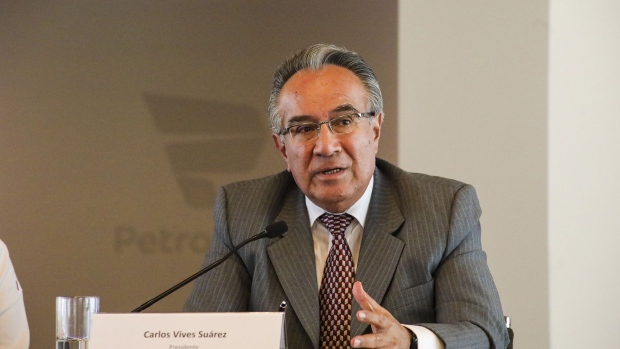Mar 8, 2023
Pumping Oil Across The Amazon Rainforest Is a Money-Losing Business for Peru
, Bloomberg News

(Bloomberg) -- Peru is moving ahead to pump more oil via a notoriously leaky pipeline that traverses the world’s largest rainforest even as it acknowledges it will continue to be a money loser.
State-owned oil company Petroleos del Peru, a tiny oil producer worldwide, is seeking to expand production in the Amazon, a biome considered key by scientists to combat climate change but also is home to Peru’s reserves. By 2026, officials said the company could produce about 22,500 barrels a day in the rainforest, which would have to be transported by a leaky duct across the Amazon and Andes to Peru’s desert coast to be refined.
“We have some calculations of about 30,000 barrels a day that need to be pumped to break even,” Tomas Diaz del Aguila, a Petroperu executive, said at a press conference Wednesday, acknowledging it is unlikely Petroperu could turn a profit on the pipeline under its current forecasts.
Peru has the second largest section of the Amazon after Brazil.
While much of the world is eyeing greener sources of fuel, Peru in recent years has sought to grow Petroperu so it can refine and produce oil again. Petroperu recently built a $5 billion Talara refinery and is now looking for crude it can pump to feed into it.
Read more: Peru Prepares to Restart Drilling at Leaky Amazon Oil Field
Petroperu expects to produce from two oil fields in the Amazon by 2026, as well as from two coastal fields that are currently in private hands but with operational contracts set to expire soon. Petroperu aims to take over those contracts.
“It wouldn’t make sense for that crude ... to go into other people’s hands when we have a company owned by all Peruvians requiring that crude for its refinery,” said Carlos Vives Suarez, Petroperu’s chairman.
Only the Amazon oil would have to be transported via the pipeline, which has been cut at least 50 times since December 2021, leading to spills, according to Petroperu.
“The duct is OK and the stations are OK — that is not the problem the pipeline has,” Vives Suarez said, adding “third parties” are responsible for the cuts. He declined to speculate who might be behind it.
©2023 Bloomberg L.P.


